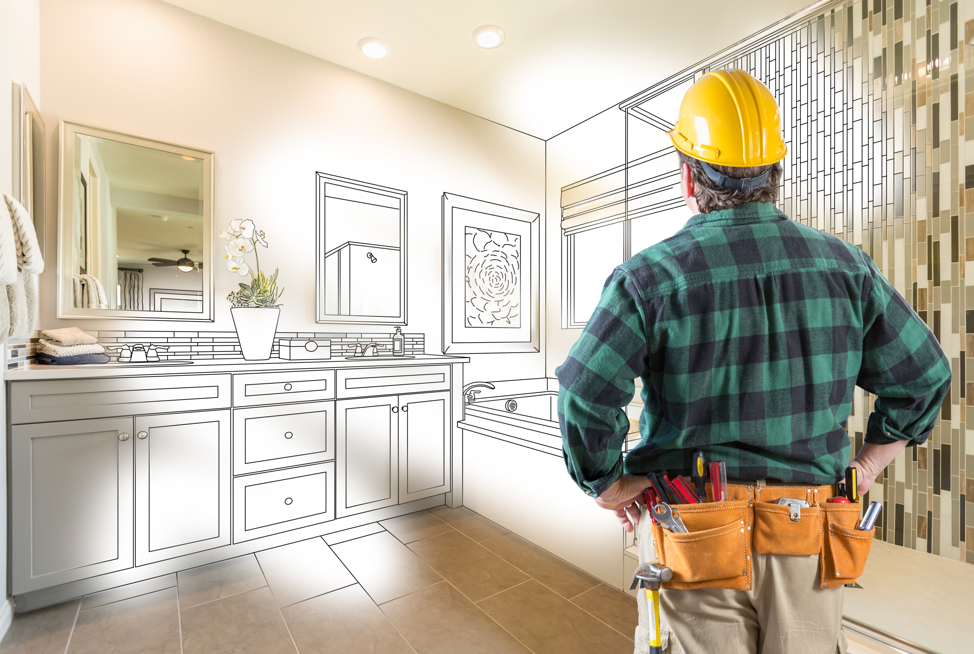Renovating your home can feel overwhelming, especially when considering all the options available and the impact of seasonal changes on your project. Regardless you're looking to create a comfortable living space for the winter months or enhance your outdoor entertaining area for summer, understanding the best practices and trends can be all the difference. With the right planning and insights, your home remodel can be a rewarding experience that brings both comfort and value to your property.
This guide will guide you through essential seasonal remodeling tips. From affordable ideas that won’t break the bank to the hottest trends for 2024, we have got you covered. Whether you are contemplating a kitchen upgrade, a bathroom renovation, or revamping your unused spaces like attics and basements, we’ll explore how to achieve your vision while avoiding common pitfalls. Join https://dlhconstructionpro.com as we delve into practical strategies to ensure the house shines all year round.
Preparing Your Renovation: Tactics and Tips
Prior to jumping into a home remodeling project, it's crucial to formulate a clear plan in place. Begin by establishing your goals and identifying the main reasons for your remodel. Are you looking to increase functionality, boost curb appeal, or create a more modern space? Formulating a concise vision will help direct your decisions during the process and ensure that you remain on track on your objectives.

Then, set a realistic budget that encompasses all aspects of the project. Factor in costs for materials, labor, permits, and unforeseen expenses that may come up. It’s sensible to allocate an additional portion of your budget for unforeseen issues. Research available financing options, such as loans or grants, that can help you in financing your remodel efficiently without straining your finances.
Finally, choose whether to take up the project by yourself, hire a contractor, or a combination of both. Do-it-yourself remodeling can save you money, but it demands time, skills, and a desire to learn. On the other hand, hiring a professional can save time and guarantee that the work meets safety quality standards. Consider the pros and cons carefully according to your budget, skills, and the scale of your intended renovations.
Inexpensive Renovation Solutions
Remodeling your house doesn’t have to drain your bank account. One effective approach is to focus on minor, high-impact upgrades that bring fresh life to your space without significant costs. For instance, refreshing walls, upgrading fixtures, or adding new hardware to cabinets can create a contemporary look at a fraction of the cost of a full renovation. Additionally, think about repurposing existing furniture or decor, which can save money while providing a personal touch to your refreshed environment.
When designing your remodel, prioritize areas that require little structural change but can still enhance usability and aesthetics. For example, in the kitchen, instead of a full remodel, you can refresh countertops and replace old appliances with eco-friendly models. In the bathroom, even new tile or updated lighting can create a modern feel without major work. Cost-aware homeowners can also explore local resources or online platforms for used materials that are both affordable and distinctive.
Finally, take advantage of DIY opportunities where possible. While some projects may need professional assistance, many renovations can be handled by homeowners, particularly with the wealth of online tutorials and resources available. Simple tasks like painting, landscaping, or installing shelves can drastically cut costs. Remember to assess your skills honestly and seek expert help for areas beyond your expertise to avoid costly mistakes.
Including Contemporary Styles and Sustainability
As you embark on your home remodeling journey, it's crucial to integrate contemporary styles that match with sustainability. Homeowners are increasingly desiring eco-friendly resources and elements that merely enhance the design attractiveness but also lessen ecological effects. Including sustainable options like bamboo flooring, recycled glass surfaces, or low-VOC paints can lead to a better indoor environment while keeping your home fashionable and modern.
Energy efficiency is another significant trend that enhances both functionality and eco-friendliness. Utilizing intelligent home technologies such as programmable thermostats, energy-efficient appliances, and LED lighting can drastically lessen energy use. Additionally, consider installing solar modules during your upgrade, as they offer a renewable power source that can lower electricity bills and enhance your property's overall value.
In conclusion, emphasize creating flexible habitats that showcase current ways of living. Open floor plans, multifunctional spaces, and outdoor living spaces help make the most of the use of your home's space. This adaptability not only satisfies the needs of today's homeowners but also encourages sustainability by encouraging a more communal and efficient approach to living. By adopting these styles, your upgrade can be both trendsetting and environmentally responsible.
